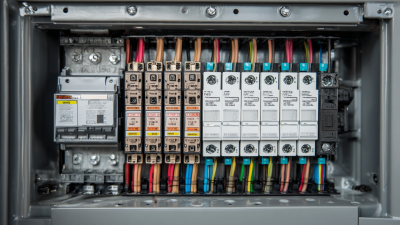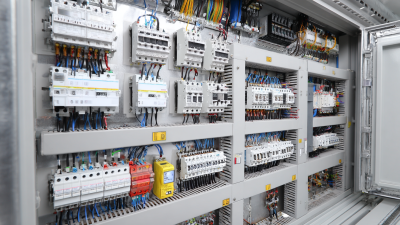Selecting the right measuring tank is crucial for industries that require precise measurement of liquids, as improper choices can lead to significant operational inefficiencies and increased costs. According to recent industry reports, approximately 30% of businesses in fluid management face challenges due to inadequate measurement equipment, ultimately affecting production quality and safety. The global measuring tank market is projected to reach USD 2 billion by 2025, indicating a growing recognition of the importance of accurate liquid measurement. Factors such as tank material, size, and design must be meticulously considered to enhance operational efficiency. This guide will explore the essential criteria for choosing a measuring tank tailored to your specific industry needs, ensuring optimal performance and adherence to safety standards.
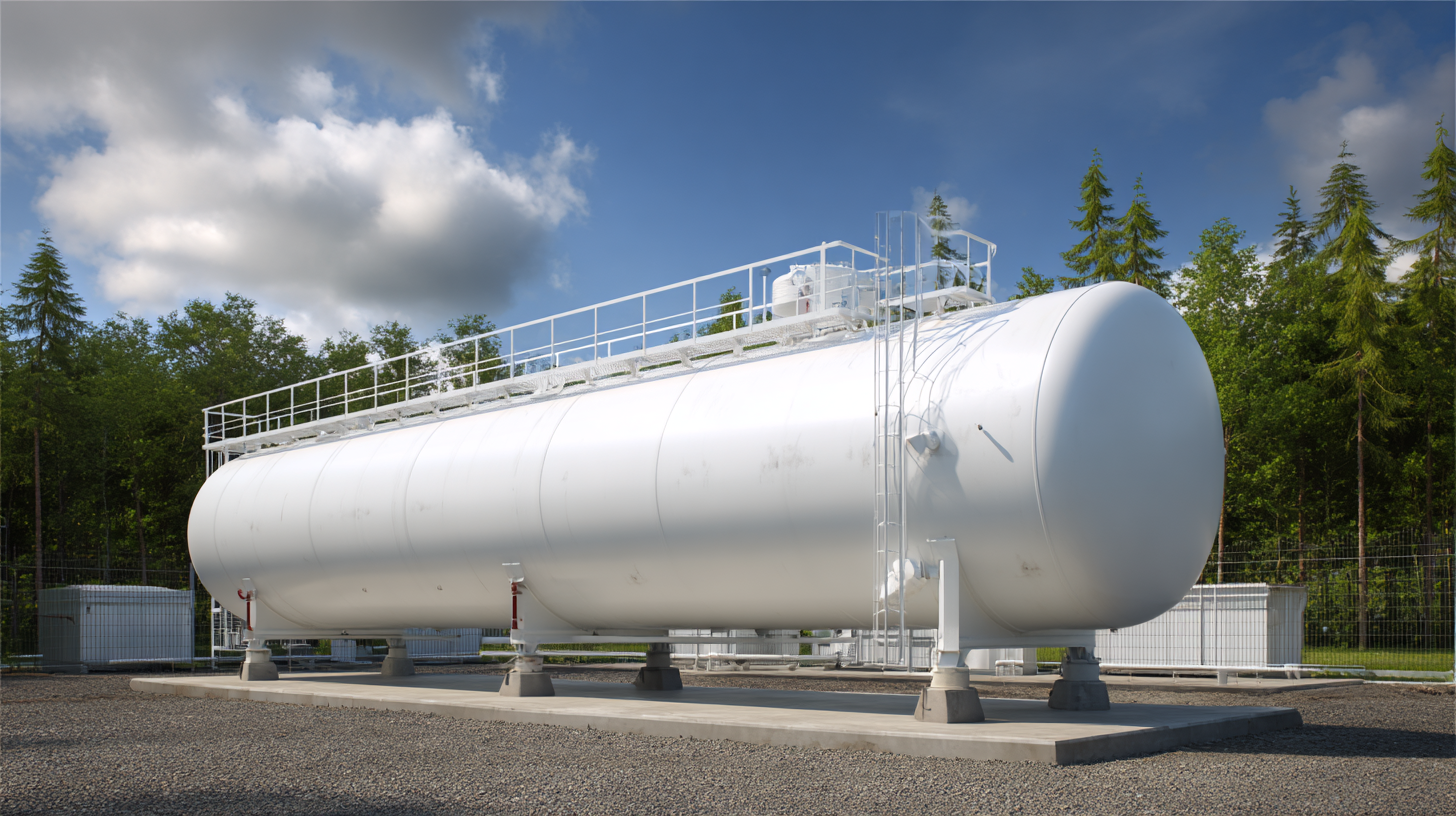
When selecting a measuring tank, it is crucial to assess your industry requirements to ensure optimal performance and accuracy.
Industries such as food and beverage, pharmaceuticals, and chemical processing have unique needs that influence the type of measuring tank required. According to a recent report by Market Research Future, the liquid storage tank market is anticipated to grow at a CAGR of 5.2% over the next five years, highlighting the increasing demand for accurate measurement across various sectors.
Understanding the specifications like capacity, material compatibility, and measurement accuracy can help in making informed decisions that cater to specific operational needs.
Tips for choosing the right measuring tank include evaluating the tank's material construction.
For instance, food-grade stainless steel is essential in the food and beverage industry to prevent contamination. Furthermore, consider the tank's size and shape, as this affects not only storage capacity but also workflow efficiency.
A report by the American Society of Mechanical Engineers indicates that improper sizing can lead to as much as a 15% decrease in operational efficiency, underlining the importance of careful selection based on industry standards and requirements.
Additionally, ensure that the measuring tank complies with regulations specific to your industry.
For example, the FDA has stringent guidelines for pharmaceutical measuring tanks, indicating that any non-compliant tank can lead to costly recalls and damages. Staying informed about these regulations and incorporating them into your selection process is essential for maintaining compliance and operational integrity.
When selecting a measuring tank tailored to the specific needs of an industry, it is essential to evaluate the various types available. The primary types often found in industries include vertical tanks, horizontal tanks, and specialty tanks such as those designed for specific materials or conditions. According to a report by Market Research Future, the global market for industrial storage tanks is predicted to reach approximately $99 billion by 2025, highlighting the importance of choosing the correct tank to optimize production efficiency and safety.
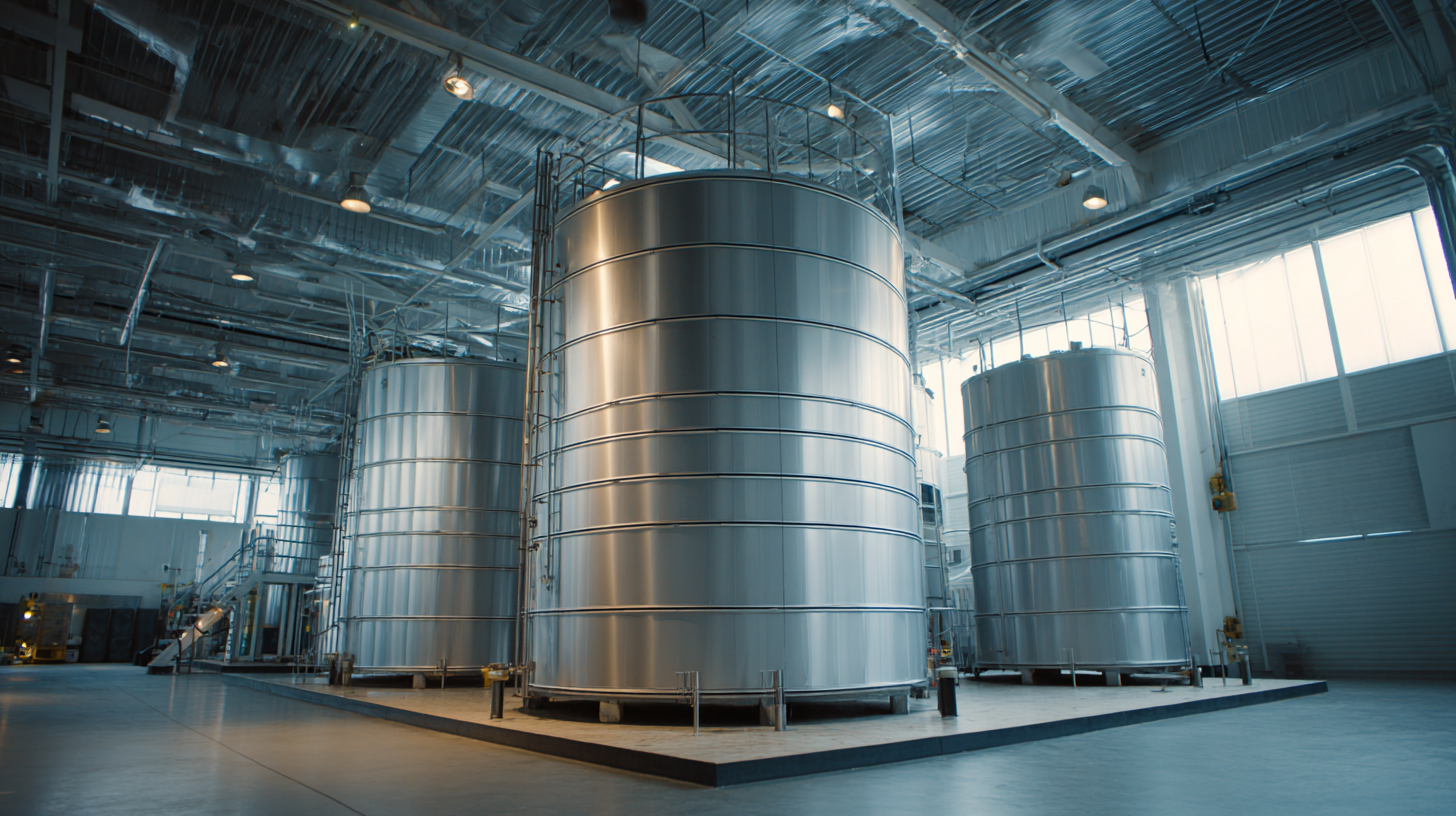 Vertical tanks are ideal for operations with limited ground space, while horizontal tanks offer easier access for maintenance and are suitable for larger volumes of liquids. Specialty tanks, on the other hand, cater to specific industries such as chemical processing or food and beverage production, which may require rigorous regulatory compliance. The American Petroleum Institute (API) states that using the right measuring tank for hazardous materials can reduce spill incidents by up to 30%, underscoring the critical role of tank selection in enhancing safety and operational efficiency in industrial settings.
Vertical tanks are ideal for operations with limited ground space, while horizontal tanks offer easier access for maintenance and are suitable for larger volumes of liquids. Specialty tanks, on the other hand, cater to specific industries such as chemical processing or food and beverage production, which may require rigorous regulatory compliance. The American Petroleum Institute (API) states that using the right measuring tank for hazardous materials can reduce spill incidents by up to 30%, underscoring the critical role of tank selection in enhancing safety and operational efficiency in industrial settings.
When selecting a measuring tank for specific industrial needs, there are several key features to consider that can significantly impact efficiency and accuracy. First, the material of the tank is crucial. Tanks can be made from metal, plastic, or composite materials, each with its own advantages, like resistance to corrosion or weight considerations. Depending on the contents being stored or measured—such as corrosive liquids or high-viscosity materials—the right choice of material will enhance durability and safety.
Another important consideration is the tank's capacity and size. It’s essential to choose a tank that fits the scale of your operations. A tank that is too small may not hold sufficient materials, leading to inefficiencies, while a tank that is excessively large could result in wasted space and resources. Additionally, features such as integrated measurement tools, like flow meters or level sensors, can provide real-time data and improve operational oversight. Ultimately, understanding your specific industry requirements and aligning them with the tank's specifications will help in making an informed decision.
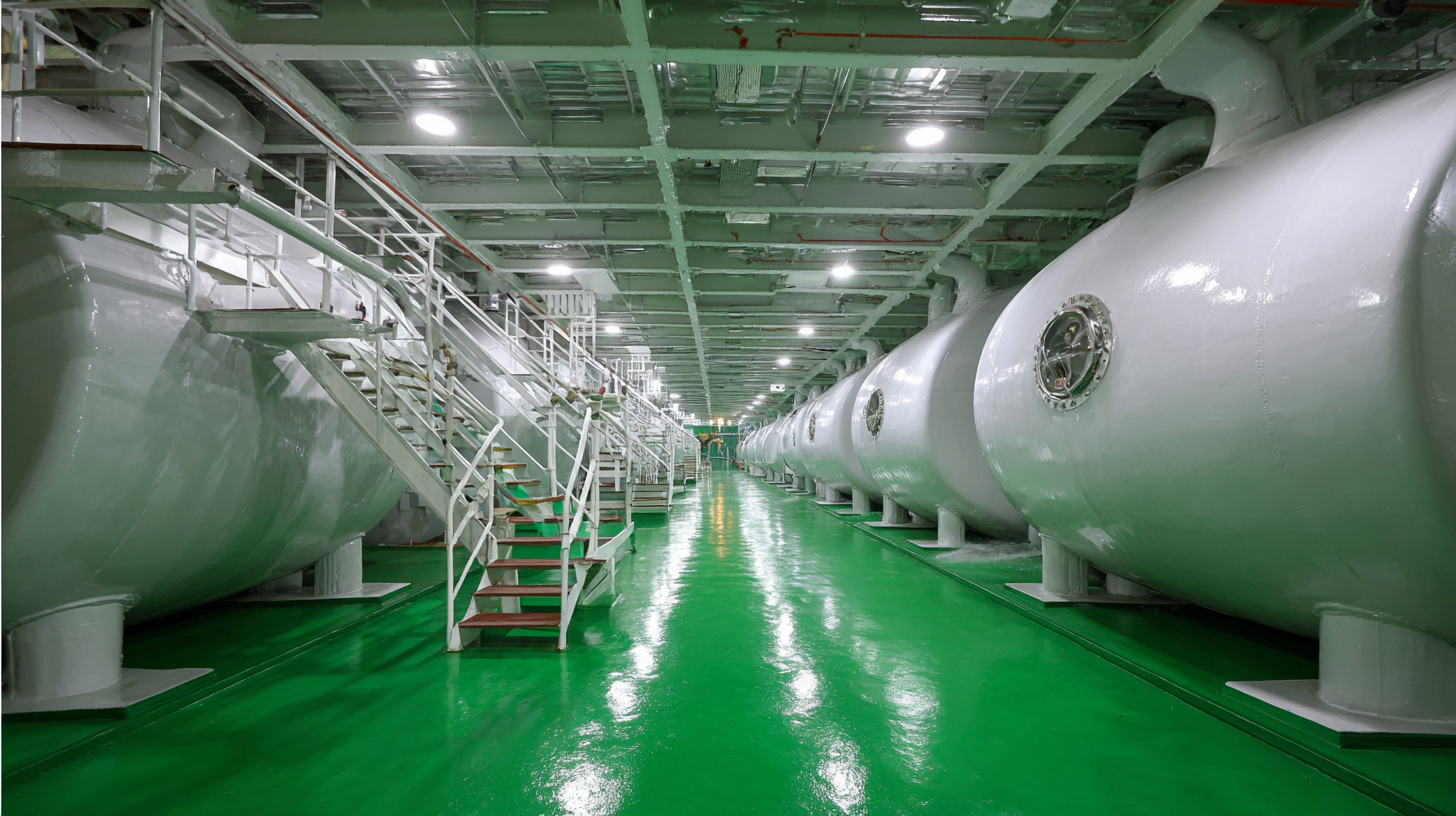
Choosing the right measuring tank for industry needs involves an in-depth understanding of calibration and accuracy requirements unique to each application. Accurate calibration is essential, as it ensures that measurements reflect true values, which is vital across various fields. For instance, recent studies highlight the importance of calibration in enhancing multi-modal imaging sensor performance, which emphasizes the necessity of precise sensor fusion for optimal results. The calibration of sensors can significantly impact the reliability of measurements, as seen in innovative approaches utilizing Bayesian theory to calibrate water distribution models. Such methods incorporate numerous stochastic distributions, effectively refining accuracy in demanding environments.
In addition, advancements in calibration technologies have underscored the critical role of statistical frameworks in detecting calibration drift within clinical prediction models. These frameworks utilize customizable methods that enhance the reliability of diverse analytical models, which is crucial for maintaining accuracy in predictive analytics. Furthermore, the integration of improved algorithms in accelerometer calibration demonstrates how various techniques contribute to achieving higher measurement accuracy and faster convergence rates. Thus, selecting the appropriate measuring tank not only depends on its capacity and dimensions but also hinges on an understanding of how to maintain calibration integrity to ensure consistent performance across different industrial applications.
| Tank Type | Material | Capacity (Liters) | Calibration Method | Accuracy (% Full Scale) | Ideal Use Case |
|---|---|---|---|---|---|
| Vertical Tank | Polyethylene | 500 | Hydrostatic | 0.5% | Chemical Storage |
| Horizontal Tank | Stainless Steel | 1000 | Ultrasonic | 0.2% | Food & Beverage |
| Conical Tank | Fiberglass | 300 | Gravimetric | 1% | Waste Management |
| Flex Tank | PVC | 250 | Capacitance | 0.5% | Liquid Transport |
| Skid Tank | Carbon Steel | 1500 | Magnetic Level | 0.1% | Oil & Gas |
Choosing the right measuring tank for your industry needs requires careful consideration of budgeting and maintenance. According to industry reports, approximately 20%-30% of operational costs can be attributed to maintenance and repair of measuring tanks. Investing in high-quality materials and technology can significantly reduce these long-term expenses. For example, tanks made from corrosion-resistant materials often last longer, minimizing the need for frequent replacements.
Tips for budgeting effectively include evaluating your current usage and future requirements. Consider incorporating automated measurement systems, which can enhance accuracy and reduce manual handling. Additionally, keeping maintenance schedules and training staff on proper tank care can further lower costs. Regular inspections can identify potential issues early, ensuring that your tank remains operational without unexpected financial burdens.
In terms of maintenance, it’s essential to establish a routine that includes cleaning and calibration of the measuring tank. Industry data suggests that a well-maintained tank can improve measurement accuracy by up to 15%, leading to better decision-making and resource management. By prioritizing both budgeting and maintenance, businesses can optimize their operations while ensuring reliable measurement from their tanks.
This bar chart illustrates the maintenance costs associated with measuring tanks based on different budget levels. As the budget increases, so do the associated maintenance costs, reflecting the complexity and durability of the equipment.

